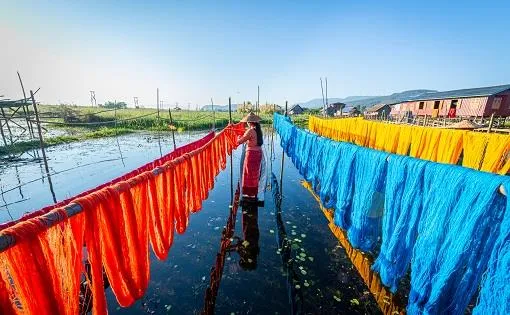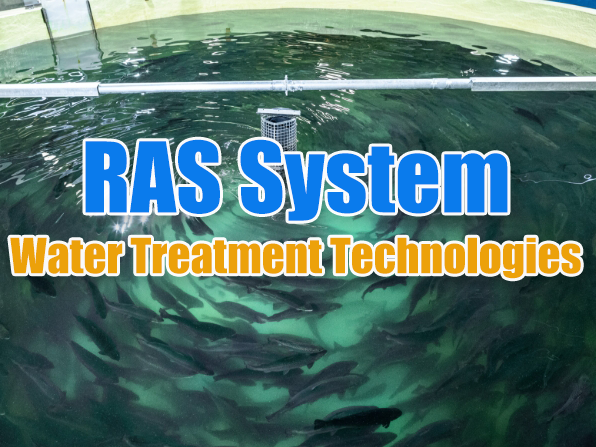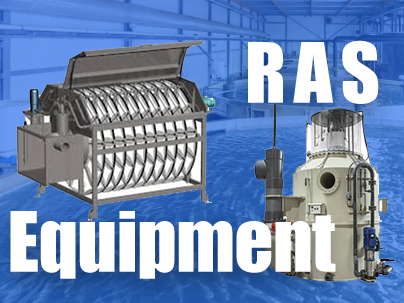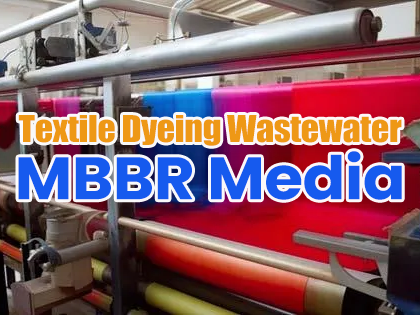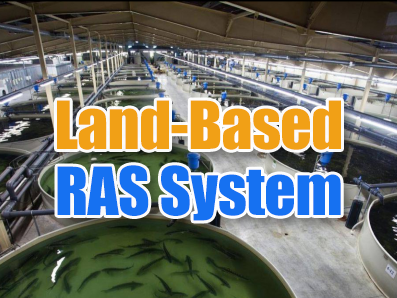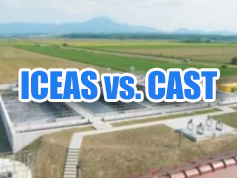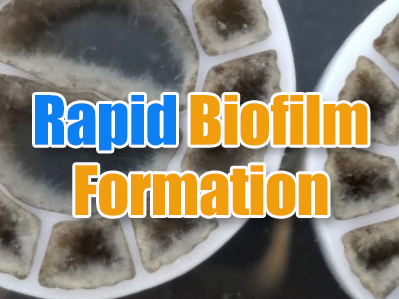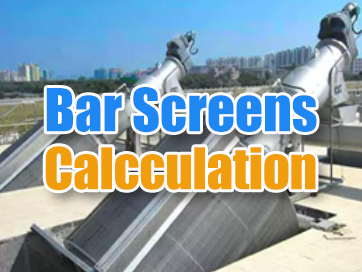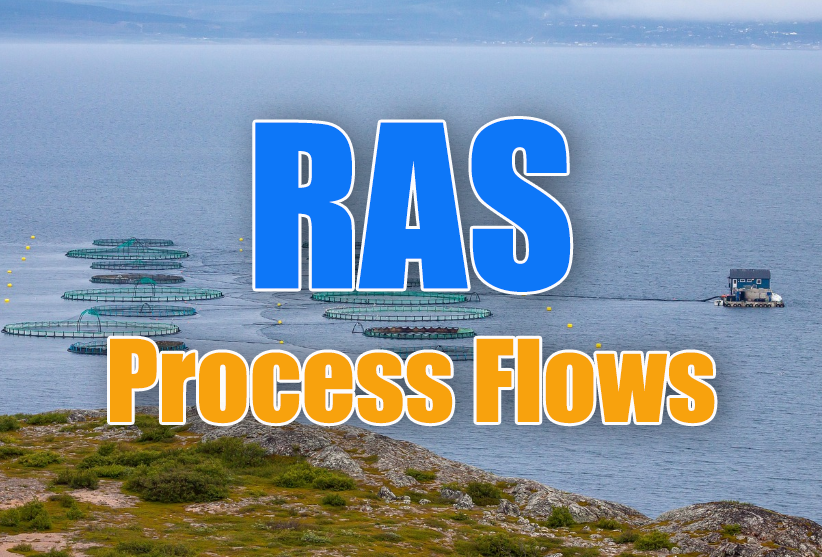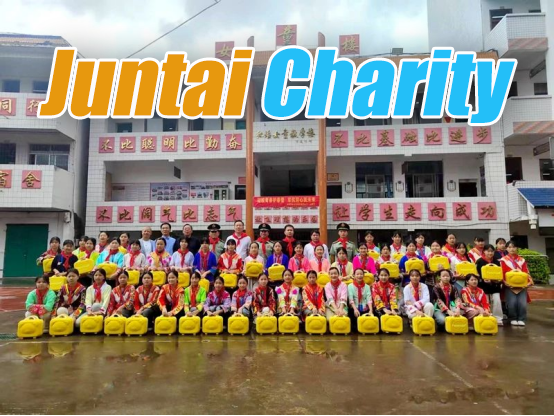 +86 13600513715
+86 13600513715 MBBR for Textile Dyeing Wastewater Treatment: Efficiency Meets Sustainability
Why Textile Wastewater Poses Unique Challenges
Textile dyeing wastewater ranks among the world’s most polluted industrial effluents. It contains:
-
Complex organic compounds (Azo dyes, phenols, PVA)
-
High salinity (Up to 15% TDS from dye-fixing salts)
-
Toxic inhibitors (Heavy metals, formaldehyde, chlorinated solvents)
-
Extreme pH fluctuations (pH 2-12 from scouring/bleaching)
-
Variable hydraulic loads (Batch processing creates shock loads)
Conventional biological treatments like activated sludge frequently fail here. Sludge bulking, biomass toxicity, and poor nutrient removal plague plants – until Mbbr Technology enters the picture.

How Mbbr Wastewater Treatment Conquers Textile Effluents
Core Mechanism: Biofilm Meets Mobility
The moving bed biofilm reactor (MBBR) process utilizes engineered plastic biofilm carriers (typically HDPE/PP) suspended in MBBR tanks. These carriers provide 500-1200 m²/m³ protected surface area for microbial colonization. As MBBR biofilm carriers fluidize via fine-bubble aeration, they create a self-renewing biological treatment system. Key mechanisms include:
-
Adsorption-Biodegradation Synergy: Toxic dyes first adsorb onto carrier surfaces, then undergo enzymatic breakdown by specialized biofilm consortia.
-
Simultaneous Nitrification/Denitrification: Aerobic zones (outer biofilm) convert NH₃→NO₃; anoxic micro-zones (inner biofilm) reduce NO₃→N₂.
-
Halotolerant Biomass: Biofilms develop salt-adapted microbes surviving >10% salinity – impossible in suspended-growth systems.
System Architecture: Modular & Multistage
A full-scale MBBR system for wastewater treatment in dyeing plants typically integrates:

Note: Hybrid configurations (e.g., MBBR + activated sludge) boost resilience against shock loads.
5 Unmatched Advantages of MBBR in Textile Effluent Treatment
-
Extreme Toxicity Resistance
LEVAPOR® carrier trials show 95% Reactive Black 5 dye removal at concentrations lethal to activated sludge. The porous carriers adsorb inhibitors first, shielding biofilm microbes while degradation occurs. After acclimation, MBBR bioreactor communities develop dye-degrading enzymes (azoreductases, laccases) for sustained treatment. -
Zero Biological Washout During Flow Peaks
Unlike clarifier-dependent systems, MBBR in wastewater treatment retains biomass on carriers during 3X hydraulic surges – common in batch dyeing. No sludge recirculation needed! -
>90% COD Removal Under High Salinity
Studies confirm 10-14% NaCl minimally impacts MBBR performance once halophilic biofilms establish. Activated sludge collapses at >3% salinity. -
60% Less Sludge Production
The long SRT (20-40 days) of attached biomass minimizes excess sludge. Textile plants save ~$150/ton on sludge disposal costs. -
Modular Scalability
Need to double capacity? Simply add more MBBR filter media to existing tanks. No new concrete structures – ideal for space-constrained mills.
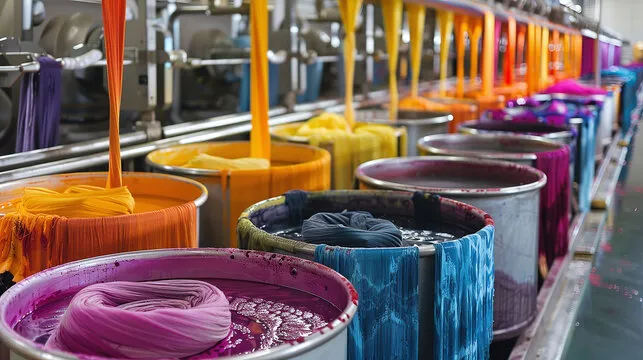
Real-World Performance: Data from Operational Systems
| Parameter | Influent (Textile WW) | MBBR Effluent | Removal Rate |
|---|---|---|---|
| COD (mg/L) | 850-2,200 | 45-75 | 95-97% |
| BOD₅ (mg/L) | 250-650 | 8-15 | >97% |
| NH₃-N (mg/L) | 28-52 | 0.8-2.1 | 94-98% |
| Color (Pt-Co) | 1,500-3,000 | 25-50 | >98% |
| TSS (mg/L) | 120-400 | 10-20 | >95% |
Data synthesized from full-scale textile MBBR plants in India, China & Turkey.
Optimizing MBBR for Dyeing Wastewater: Critical Design Parameters
-
Carrier Selection: High-porosity (>90%) PU or modified PE MBBR carrier media outperform conventional K1/K3 for macromolecular dyes. Fill ratio: 40-60%.
-
Anoxic Pre-Treatment: Use anaerobic MBBR for azo bond cleavage before aerobic polishing.
-
Retrofitting Existing Tanks: Convert aeration basins to MBBR tanks by adding carriers + sieve grids. CAPEX reduction: 40% vs. new builds.
-
Smart Aeration Control: DO maintained at 2.5-3.5 mg/L via VFD blowers. Prevents carrier clumping and over-oxidation of sensitive dyes.
Pro Tip: Pilot testing with site wastewater is non-negotiable! Biofilm acclimation takes 3-8 weeks but ensures predictable full-scale results.
Why Global Textile Giants Choose MBBR Over Alternatives
Compared to competing technologies:
| Technology | OPEX Reduction | Footprint | Color Removal | Salt Tolerance |
|---|---|---|---|---|
| MBBR | 35-50% | Compact | ★★★★☆ | ★★★★★ |
| Activated Sludge | Baseline | Large | ★★☆☆☆ | ★★☆☆☆ |
| Conventional MBR | 15-25% higher | Compact | ★★★★☆ | ★★★☆☆ |
| Electrocoagulation | 60-80% higher | Small | ★★★★★ | ★☆☆☆☆ |
MBBR leads in operational economy while handling complex, saline flows.
Future-Proofing Your Treatment Plant: MBBR + IoT
Next-gen MBBR wastewater treatment plants integrate:
-
Carrier-Tracking Sensors: Monitor biofilm thickness/activity in real time
-
AI-Powered Aeration: Dynamically adjust blowers based on ammonia/COD sensors
-
Predictive Clogging Alerts: Use pressure transducers on retention screens
These innovations cut operator costs by 30% while ensuring compliance with tightening regulations (e.g., ZDHC).
Conclusion: Transform Waste into Resource Safely & Profitably
MBBR technology delivers textile factories a triple win:
-
Compliance with zero liquid discharge (ZLD) mandates
-
ROI via 40% lower energy vs. MBR and 60% reduced sludge hauling
-
Reuse Potential – Treated water meets ISO 20760 standards for dye bath reuse
Ready to retrofit your facility? JUNTAI’s biofilm reactors for wastewater treatment feature anti-clogging carriers and 10-year warranties – engineered specifically for textile effluents.
